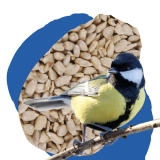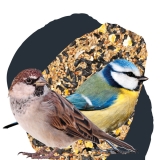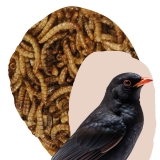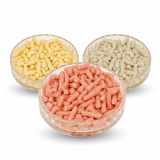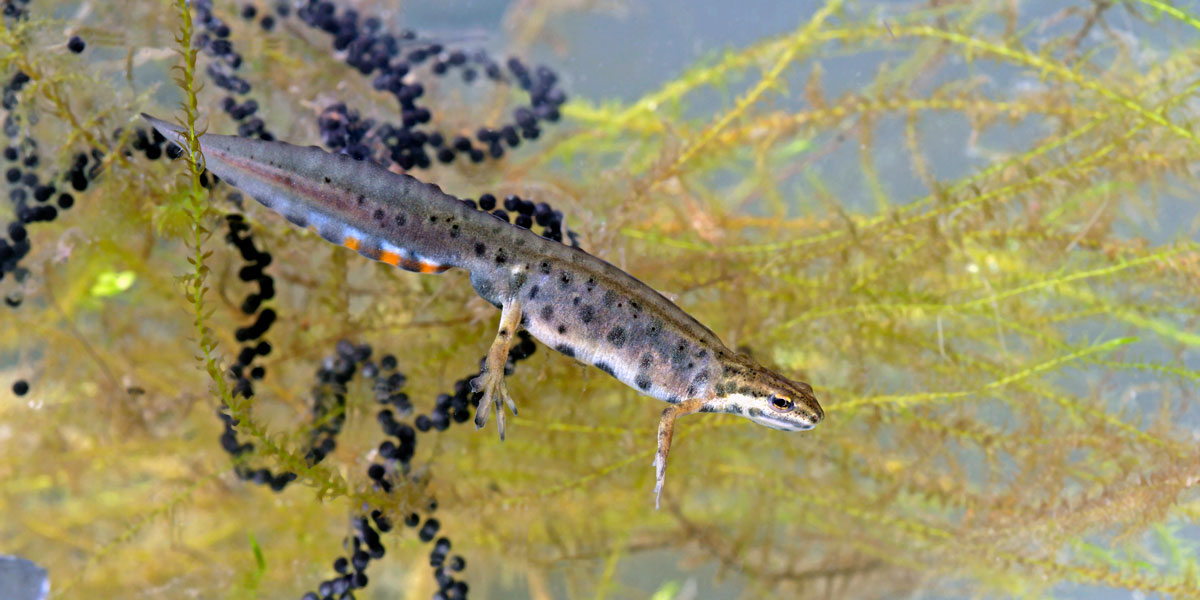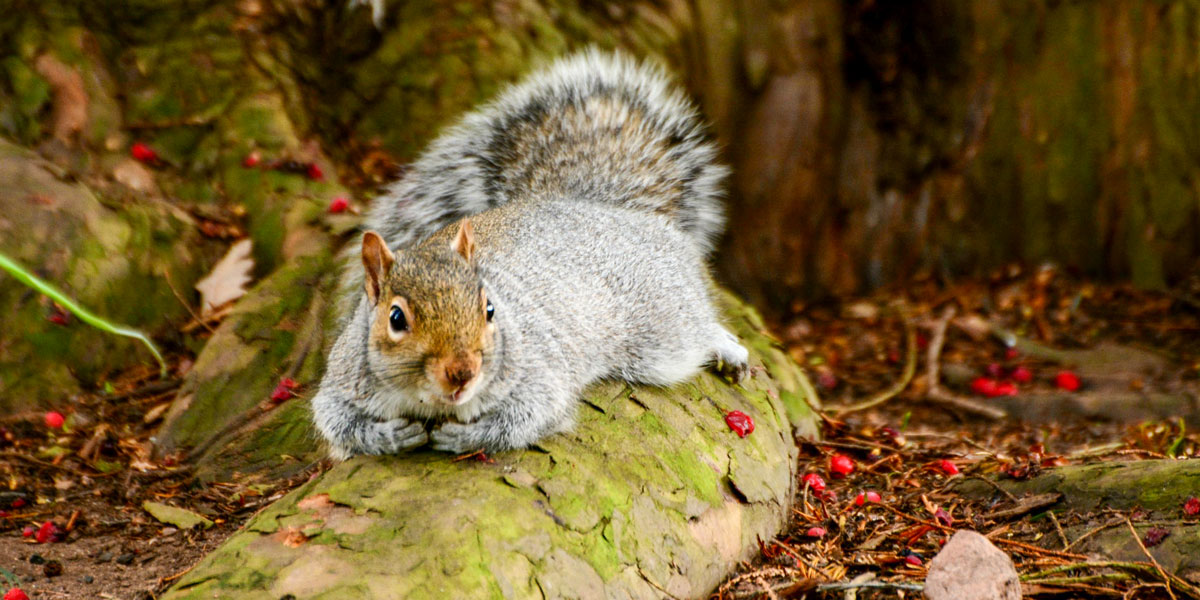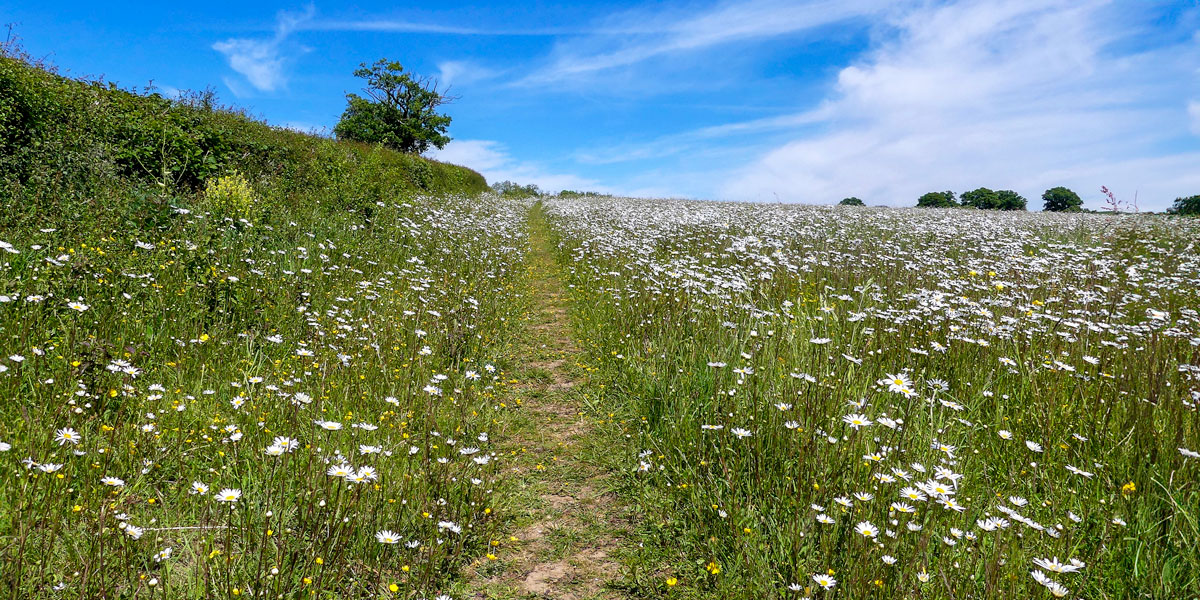Explore Our Garden Wildlife Blog
Browse or search by Category or Keyword below, alternatively click on any Tag to see related articles.
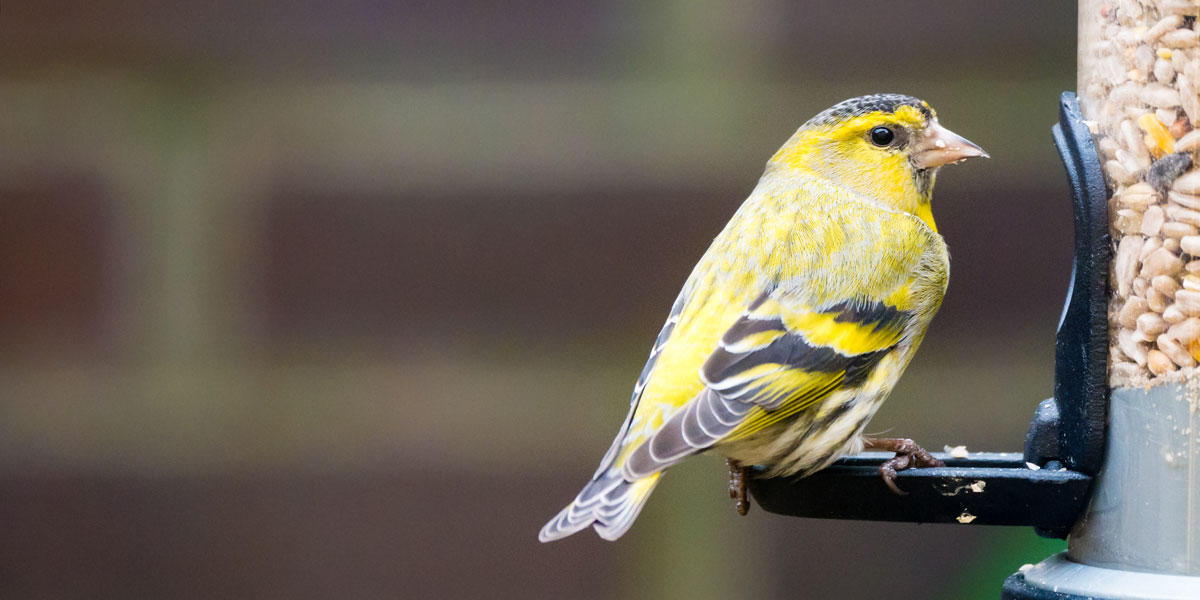

What Bird Feeders Need to Know
By Sean McMenemy
3rd October 2013
Last Updated: 19th April 2023
Feeding wild birds is more popular today than at any time in the past and popular television programmes are encouraging us to feed the birds all year round.
However, feeding birds throughout the year raises plenty of questions. Do birds eat the same type of food year round? Do their nutritional needs change? Do they use the same calories throughout the year? These are just some of the more obvious questions and well worth taking a look at.
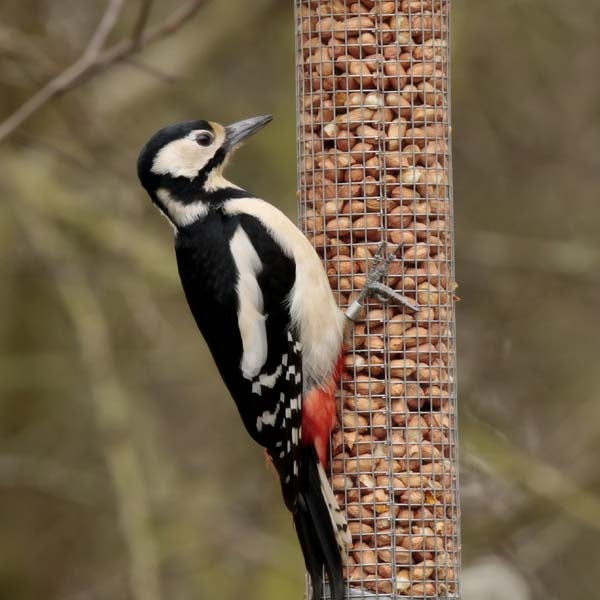

Just as experience has demonstrated the hazards of feeding peanut kernels and fat balls in nets, we also have lots of valuable research available educating us in the changing dietary needs of our garden birds. To prevent the risk of choking, peanut bird feeders can be used, which ensure birds are only able to take small pieces. Studies show us three key periods that bird feeders need to be aware of. Winter, with its short daylight hours and long cold nights restricts the birds ability to forage, with finding enough food being the priority. Spring sees the vast majority of our birds breeding and they need to find enough food and energy to feed themselves and a growing brood. Then finally in early autumn comes the moult, when feathers are shed and replaced, which brings its own challenges.
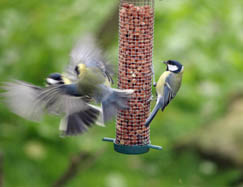

The regular bird feeder needs to be aware of all these seasons and ideally adjust or supplement the wild bird food they provide in their gardens accordingly. Let’s take a closer look at life from the wild bird’s perspective and see what we can do to help them.
Winter Bird Food
Birds only forage for food during daylight hours. This means they have 8 hours (less than half the feeding time of summer) in which to find enough food to see them through the long and cold winter nights. It’s no wonder that bird feeders are so busy at this time of year. Added to this, birds carry very low fat reserves (a fat bird can’t fly) meaning they need to not only eat but also absorb through digestion enough calories each and every day to maintain a survivable temperature through the night, or they will perish. The best wild bird food suitable for winter feeding is based around complex carbohydrates, fats and protein, that provides the slow release of energy that birds need during the long hours of darkness.
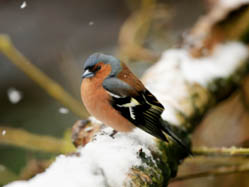

Spring / Summer Bird Food
The majority of wild birds visiting our gardens are spring breeders. A few commit to a single brood per year, while others will try and raise two or more broods based on the availability of food. The breeding season brings new demands for our birds, not least of which is the increased number of mouths to feed. First let’s consider the approach to breeding:
As the days lengthen in early spring, birds need to meet and pair, build nests, defend territory and lay eggs. All this starts when we bird feeders begin to hear the dawn chorus. Birds need calories in the form of good carbohydrates that will release energy to cope with the exertions of life. There needs to be a balance between slow and quick release carbs, a healthy gut clear of infections and harmful bacteria ready to absorb the nutrients in the food. Female birds will be in need of greatly increased levels of calcium prior to and during egg laying and both parents will seek food that will raise their wellbeing and fitness to cope with the massive energy demands feeding young requires.
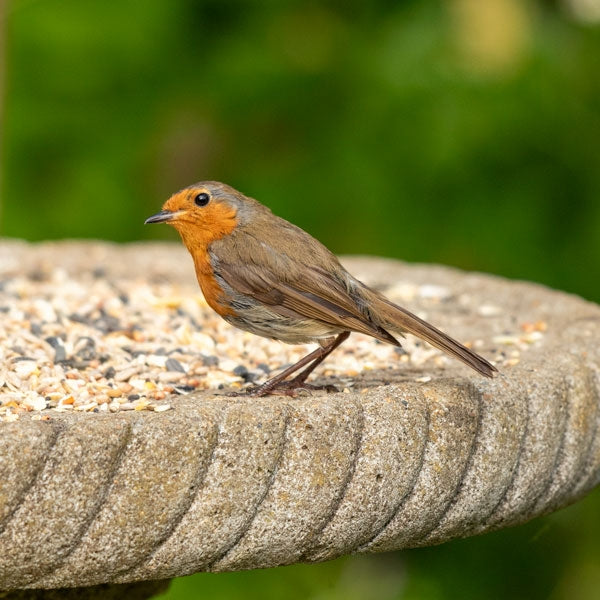

Once the eggs hatch, adult birds will spend their entire day foraging for food for their young, grabbing snacks for themselves as they go. The adults will concentrate on quick release energy foods to maintain their work rate, but are likely to suffer a gradual deterioration of condition as they invest all their energy in feeding young. The hatchlings on the other hand have an urgency to grow because they are particularly vulnerable for the time they are trapped in the nest. Their needs are a very high protein diet for rapid growth, along with moisture. As birds obviously cannot bring water to the nest even adult granivore birds collect and feed insects and caterpillars to their young as it’s the only way to get all the protein and fluid the growing nestlings need.
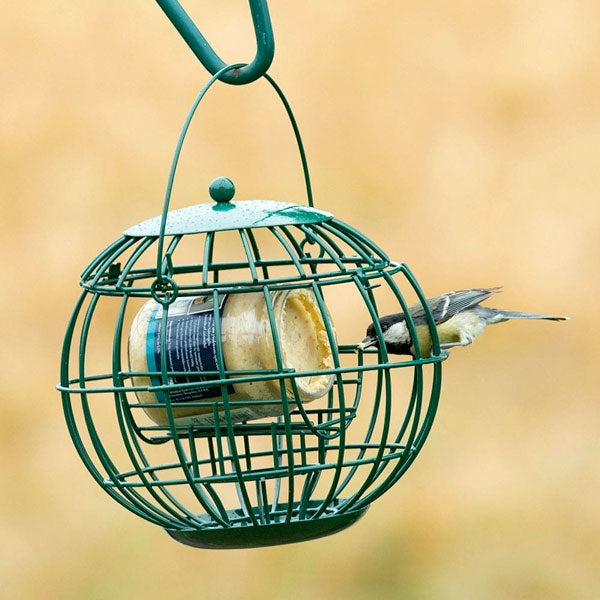

Throughout this period the adults also need to find time to keep up with the workload through a good energy giving diet. Good bird food suppliers can offer both calcium and vitamin supplements, appropriately formulated summer bird feed mixes with a mixture of fast and slow release carbohydrates, and fresh live food suitable for young nestlings from hatchling to the fledge. Good food to feed birds in the summer includes sunflower seeds, mealworms and fat balls. These foods can also be provided within mixes too, such as our no mess feeder mix or mealworm mix.
Autumn Bird Food
As the trials of the breeding season come to an end and exhausted birds finally have the time to attend to their own needs, they are almost immediately entering the moult. This is a particularly difficult stage in the year because birds are dependent on flight both to forage for food and avoid predation. Birds overcome this problem by moulting their flight feathers over an extended period, dropping alternate primaries and waiting for the replacements to grow before shedding the rest. Although compromised, this retains their ability to fly.
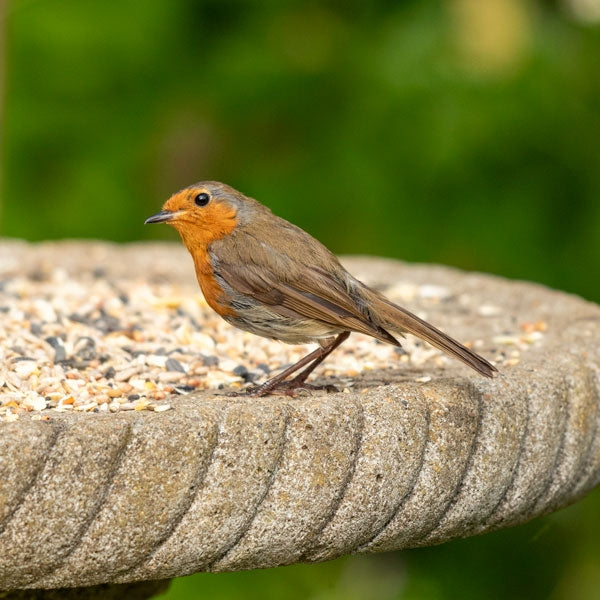

It is important for wild birds to regain optimum health prior to the moult as good feather growth requires high quality proteins, vitamins and effective absorption through the gut of organic sulphur and minerals including silicon, fluorine, zinc, copper and calcium to make the keratins which form feathers.
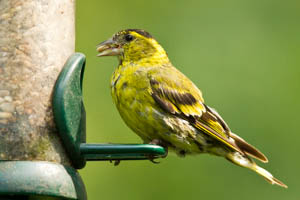

Once birds enter the moult, on top of the need to find a complex balance of nutrients, they are also hampered by the on-going shedding and replacement of flight feathers making them shy and reluctant to move far from their roosts. So although birds may only be seen fleetingly on the bird table and on bird feeders at this time of year, a seed blend based around complete proteins fortified with vitamins and essential trace elements should be offered, along with a pre-biotic (good bacteria), to ensure the birds remain disease free at this critical time. Some research indicates next years breeding success is pre-determined by the condition of the bird through the moult.
Discover our selection of seasonal bird food for summer and winter mixes.
External sources/references
- How to clean bird feeding tables
- When do birds nest? 7 of the earliest nesters
- Autumn and winter garden birds – a guide by the NHM






